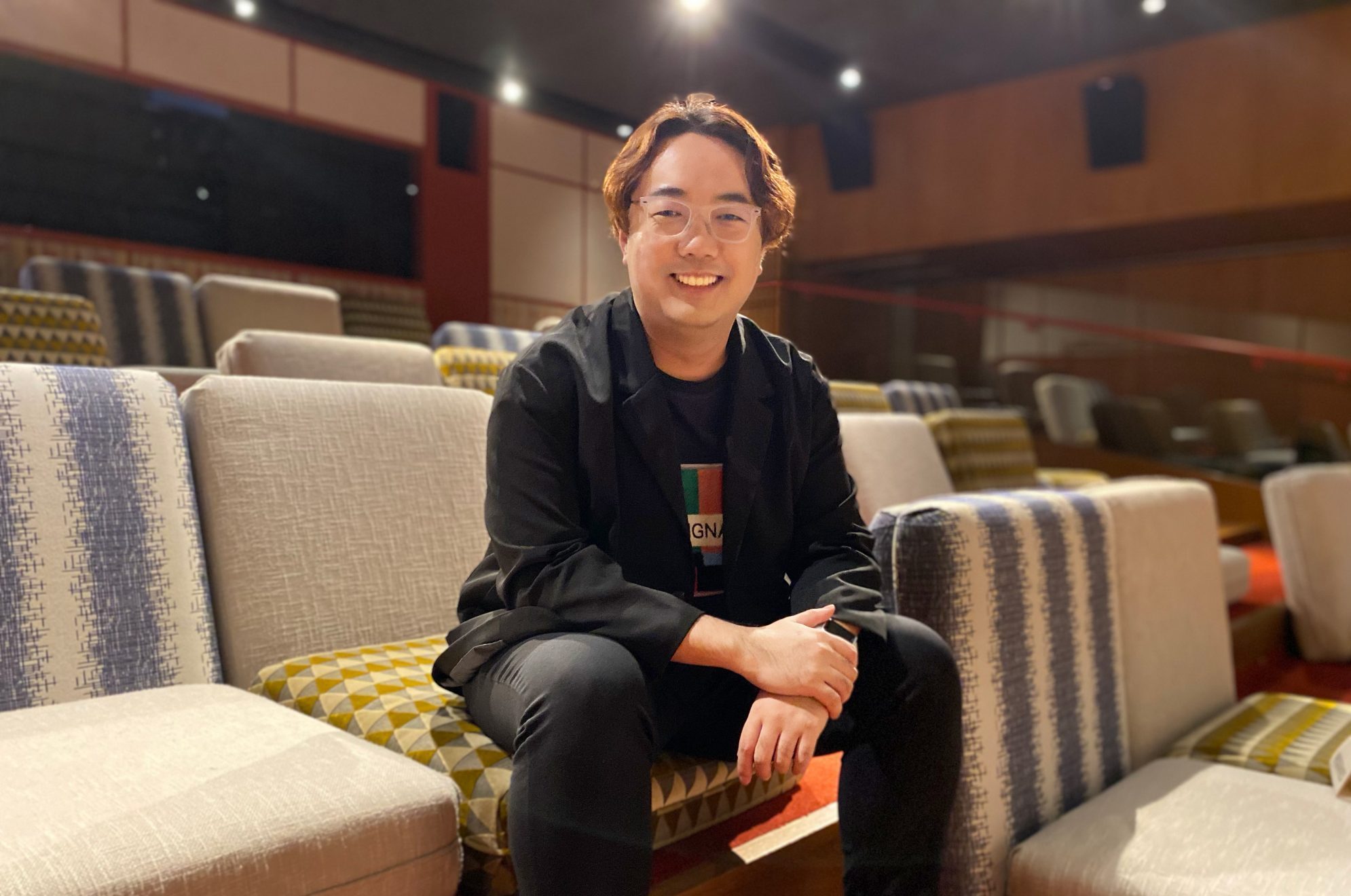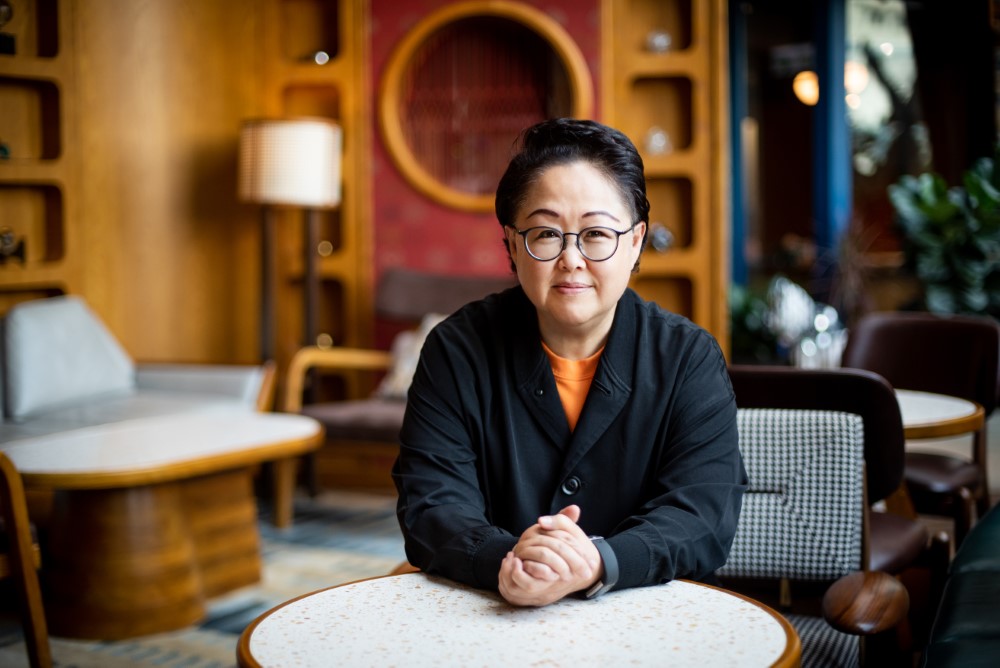Book Review — Designing a World for Everyone: 30 Years of Inclusive Design
A review of the 30 years of work at the Helen Hamlyn Centre — U.K.’s groundbreaking research unit dedicated to inclusive design, the book takes a deep dive into many human-centred design projects that have influenced every aspect of our lives. These projects come in various scales and span across continents, ranging from product to landscape design, but they have one thing in common: they were designed with the users instead of for the users.
In the application of Design Thinking, it is often difficult for an observer to know what the fruits would be at the end of the process, in part because it could take years for user inputs to be developed into market-ready products. Without proper tracking, it is hard for us to visualise the true impact of human-centred design when the dust has been settled.
That’s what makes Designing a World for Everyone: 30 Years of Inclusive Design a great read. Written by Professor Jeremy Myerson, the co-founder of the Helen Hamlyn Centre and pioneer of inclusive design, the book makes a powerful case for the value of human-centred design.
The book compiles a collection of inclusive design initiatives conducted by the Helen Hamlyn Centre for Design over the past 30 years, most of which led to designs that have improved our everyday life in the home, workplace and community. From designing a bus stop and ambulance interiors to making hospital visits more inclusive and smooth, the book tracks each project from ideation to implementation, illustrating the long-term impact human-centred design has through the lens of projects in which the Professor has participated.
While most examples are U.K.-based, some of their underlying design guidelines have been implemented worldwide, often under our very noses. And as I read, three case studies connected with me.

Airport Terminals

The British Airport Authority worked with the Royal College of Art design team in 2000. Led by insights from airport passengers, they came up with a series of ‘wayfinding principles’ and concepts for the building of Heathrow Terminal 5.
With the core principle of ‘process to pleasure’, the team investigated what would make the journey more inclusive and accessible to passengers of all ages.
One recommendation was clearly marked signage. It is frustrating not to know where to go with a trolley full of luggage and perhaps several kids in tow. Luminated and clearly marked zones in the departure halls might seem like a no-brainer, but this wasn’t always the case.
Another unsurprising finding with older travellers was their tendency to always use the toilet. However, it was the WHY that was the surprise. It wasn’t just because of a weak bladder. The feedback was that older travellers ‘hung out’ there as the acoustics outside were too loud, and the toilet was a calm, quiet place with good quality sound for flight announcements. This led the design team to think of creating better sensory landscapes and waiting areas for passengers.
Power Tools
Have you ever had to use a power tool for an extended amount of time? I remember one time on a volunteer trip to Cambodia where I had to use a handheld sander to sand the rust off a large shipping container. My hands shook for hours after I finished the work. The tool wasn’t very ergonomic, but that’s all we had so we just used it.

In countries overseas, it is common for people to ‘do it yourself’ for home repairs and renovations. Power tools traditionally are made for the typical ‘man’, and inclusivity was never really considered.
This reminds me of Patricia Moore, the internationally renowned designer and gerontologist, who dressed up as an old lady to understand how to design products better for the elderly. As a result of her investigation, many industries and services changed for the better to be more inclusive to different user groups.
In 2000, B&Q, a U.K. home renovation supplier, worked to create power tools that were more friendly for the elderly, including a sander and a screwdriver that worked well with persons with less grip strength. Great ideas, and the case study said that they were best sellers at the time when they were launched in 2002. Sadly, for reasons that I could not find out, both items have now been discontinued. Why were they discontinued? I was not able to find out.
Too niche an item? Not enough market? Case studies are good, but what counts in the end is if it is still on the market.
Food Packaging
With all that living and eating more at home, who’s had trouble recently with opening a can or jar in your kitchen?

If you’re young, it’s probably not an issue. However, with grip strength deteriorates with age, simple things such as opening a jar can be difficult for some. What do we do? Use a spoon, run it under hot water?
The case study highlighted the work the Royal College of Art design team has done in collaboration with supermarket brands to create easy-to-open jars, cans and packaging.
Ranging from soup pots, ring-pull cans, jam jars and tins of tunas, they looked at all of these from the elderly users’ point of view and designed many ways packaging could be easier to open. It’s hard to know how many of these ideas were finally implemented by the supermarkets.
It’s something we don’t really think about, but once you’re the one with the jar you can’t open, then you know how important this is. Having a browse in my local supermarket, I took a look to see if there were any good examples of easy to open packaging, and came up with these ones I thought would make a good example.


There were some good examples from international brands as you can see.
This case study reminded me that good design is right in front of us. It doesn’t need to be flashy. It just needs to work. When designed well, you shouldn’t even notice it, and just enjoy a good user experience.
While it is a quick read and once you’ve read it all, you will notice that the products and outcomes are pretty straightforward to understand. As a practitioner, I had to take a moment, step back, and give respect to the hundreds if not thousands of people in hours of interviews that needed to be done to get to these final products. That’s the essence of a well-designed item. When you see it, it just makes sense, but we have to appreciate the hundreds of hours of work that got them to the final products.
There are 30 case studies in this book, too many to name and review; however if you’re interested, we’ve got a copy at Eaton House, feel free to drop by, have a coffee and browse through it!





















 Hands-on Experience
Hands-on Experience 








































